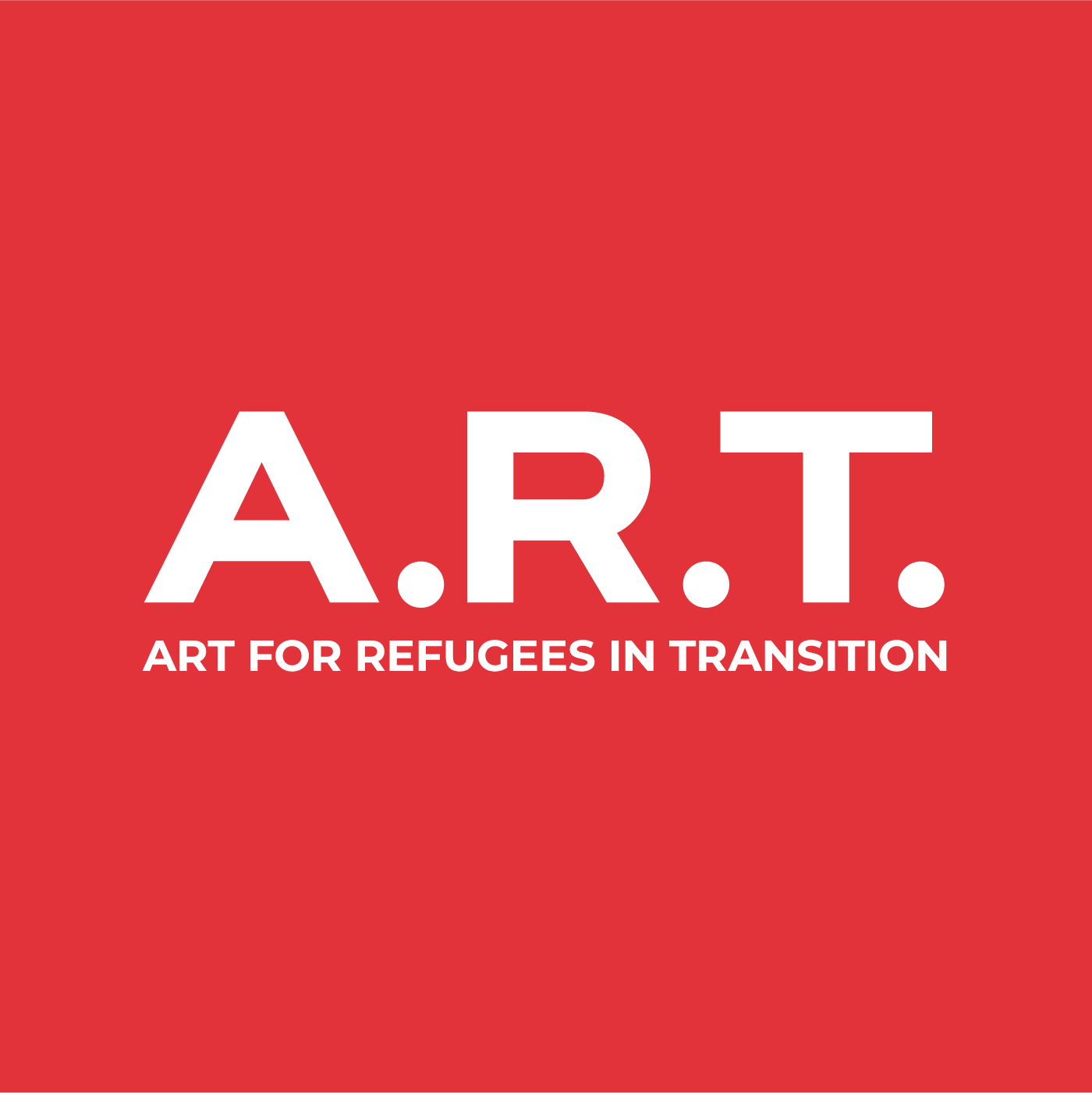We left very early this morning, 7:30am for camp. Camp 5 is 3 hours away and it is not an easy drive. The first half of the trip is by highway, but with such twists and turns, you never go more than 100 yards before making the next hair-pin turn, it can get a bit dizzying. The second half of the trip is on dirt roads, and you bounce and rattle and are so thrown around the jeep/truck that by the time you arrive at camp, you feel as if you yourself have been through a war. We arrived around 10:30 – 11 and had a meeting at the Satellite Health Center, same as the previous meetings. Camp 5 is very different from the other camps we visited, 1 and 2. It is much less crowded, the other two camps, which have just been combined and have a total of 17,590 refugees than Camp 5 which has only 3,513. The camp is clean, well organized and looks more like a hilltop village, than a refugee camp. It really is amazing.
After the community health meeting, we held the meeting with the artists. It was very different from yesterday. The refugees who showed up for the meeting were the middle generation – adults, but not he older adults. They too, are very interested in learning the traditional culture and said that the elders want to teach and the youth want to learn. There wasn’t any dancing or singing as there was before, but the enthusiasm is there. We will meet with them again next week.
Tomorrow it’s back to camp 1 and 2, BT/BK. We are meeting at 9 with the artists and then at 11 with JRS and their teaching committee. It should be interesting. I am excited to see who will show at the artist meeting. We asked them to think about what is they would like to pass on to the younger generation, and who would like to teach.
When we first started the meetings we explained what we were going to do and asked if they were interested. By the third meeting, the format was more organized and efficient – and successful. First we introduced ourselves and the project, and thanked them for coming. Then we asked if they would be interested in passing on their traditions to the youth. Then asked what sorts of traditions, songs, dances, music, stories,….. Then, if appropriate, asked if they would like to show us any of these traditions. After that, we asked them to identify who in the community would be interested in being trained to teach the youth, and finally we asked where in the camp they thought a community center that would be used as a site for teaching, should be constructed. Later we will meet again with the refugees in each of the camps to follow up, then meeting with the youth, and finally – in the third week, meet with both the youth and adults.
